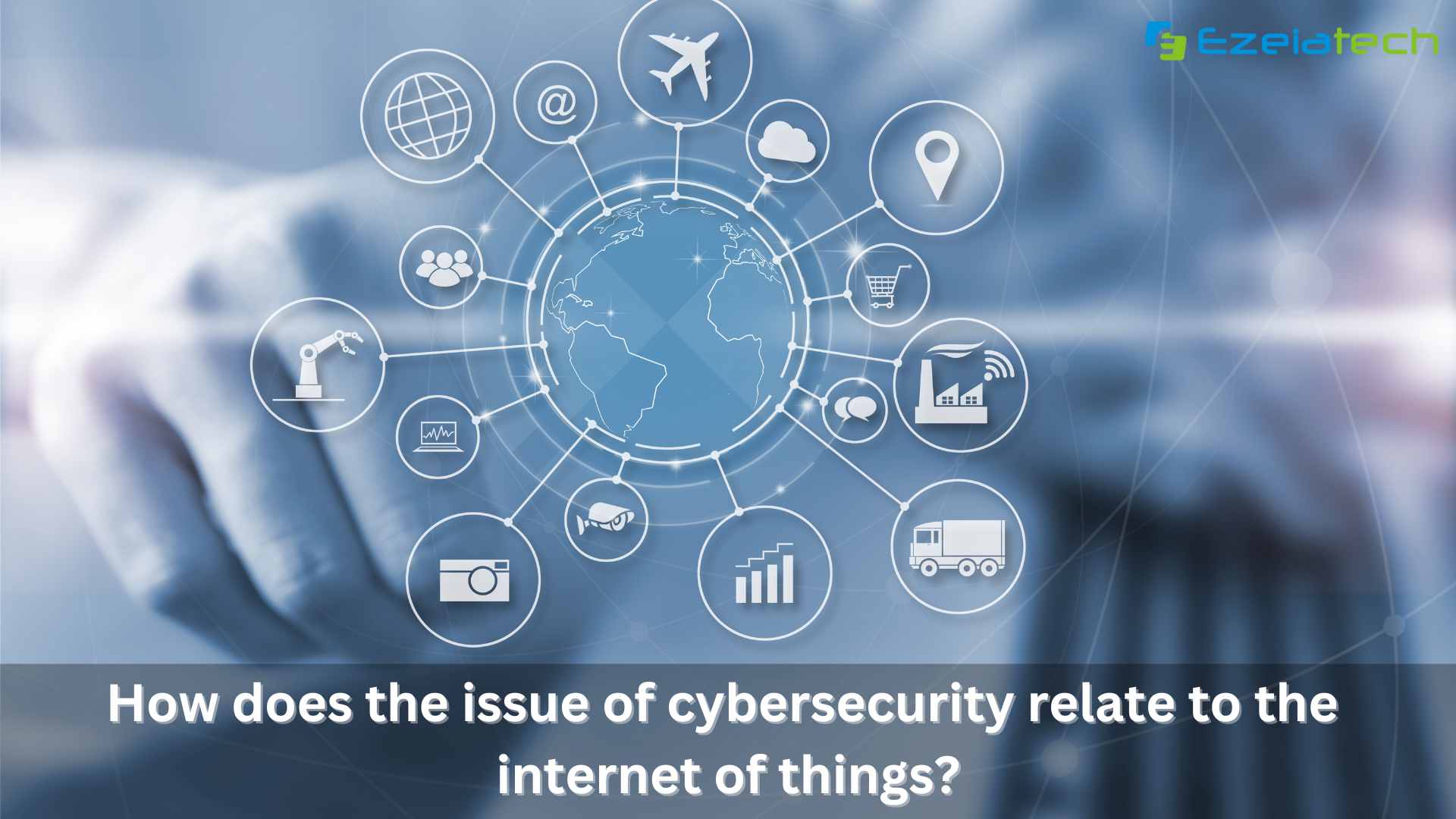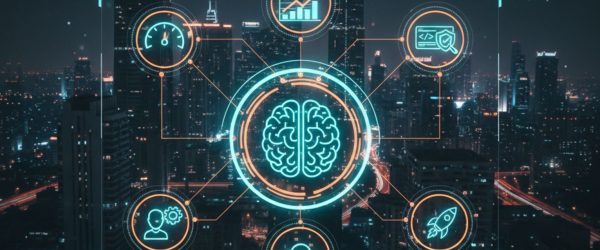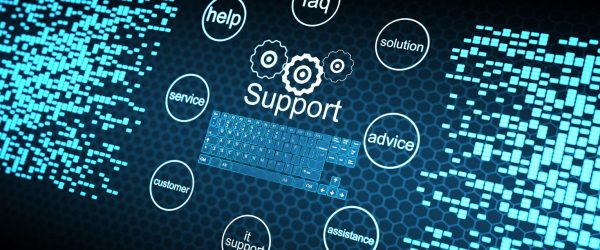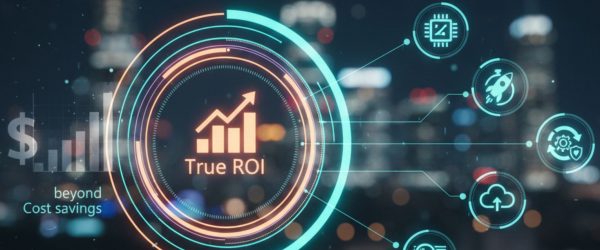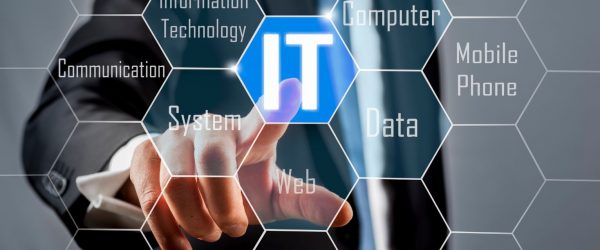Introduction
Explanation of Internet of Things (IoT):
This section provides a brief definition of the Internet of Things, which refers to the network of interconnected devices that communicate and share data with each other over the Internet.
This may include examples of IoT devices such as smart home appliances, wearable fitness trackers, industrial sensors, and smart city infrastructure.
Importance of Cyber Security in the Digital Age:
This section emphasizes the critical importance of cyber security in today’s digital landscape.
This highlights the increasing dependence on Internet-connected devices for various aspects of daily life, from personal convenience to industrial operations, and the resulting increase in cyber threats.
Thesis Statement: Exploring the Interrelationship between IoT and Cyber Security:
The thesis statement briefly outlines the central focus of the blog post, which is to highlight the relationship between IoT and cybersecurity.
This sets the stage for the next discussion by indicating that the blog will explore how the security challenges posed by IoT devices intersect with broader cybersecurity concerns.
Understanding the Internet of Things (IoT)
A. Definition and Concept:
Define IoT: Start by defining the Internet of Things as a network of interconnected devices consisting of sensors, software, and other technologies that enable them to collect and exchange data over the Internet.
Conceptualize IoT: Explain how IoT extends the power of the Internet beyond computers and smartphones to a wide range of everyday objects, creating a network where physical objects can communicate and interact with each other autonomously.
B. Examples of IoT devices:
Provide examples: IoT devices by mentioning different types such as smart home devices (e.g., thermostats, security cameras), wearable devices (e.g., fitness trackers, smartwatches), and industrial IoT (e.g., sensors in manufacturing equipment, smart cities). Describe the diversity of. basic infrastructure).
Describe the functionalities: Briefly describe how these tools increase convenience, efficiency, and productivity by automating tasks, collecting data for analysis, and enabling remote monitoring and control.
C. Rapid Development and Adoption of IoT Technology:
Discuss adoption trends: Highlight the rapid growth of IoT technology adoption across various sectors, including consumer electronics, healthcare, transportation, and agriculture.
Cite statistics: Cite statistics or market research data to emphasize the scale of IoT deployment globally and its projected growth in the coming years.
Explain the drivers of adoption: Identify the factors driving IoT adoption, such as advances in connectivity technologies (for example, 5G), declining costs of sensors and hardware, and demand for data-driven insights and automation.
I. Importance of Cyber Security in IoT Ecosystem
A. Vulnerabilities of IoT devices
1. Lack of standardized security measures: Unlike traditional computing devices, IoT devices often lack standardized security protocols. Manufacturers may prioritize functionality and cost-effectiveness over strong security measures, leaving devices vulnerable to exploits.
2. Inherent risks in connected devices: IoT devices are interconnected and collect large amounts of sensitive data. This interconnectedness increases the attack surface, making them vulnerable to various cyber threats such as data breaches, unauthorized access, and manipulation of device functionality.
B. Potential Cyber Threats in IoT
1. Data breaches and privacy concerns: IoT devices collect and transmit sensitive data, including personal information and user behavior patterns. A breach in IoT security can lead to unauthorized access to this data, compromising user privacy and potentially putting them at risk of identity theft or other malicious activities.
2. Malware and botnets: IoT devices can be infected with malware and included in botnets, which are networks of compromised devices controlled by attackers. These botnets can launch large-scale attacks, such as Distributed Denial of Service (DDoS) attacks, disrupting critical services and causing widespread damage.
3. Physical security risks: In some IoT applications, such as industrial control systems and medical devices, compromising security can have serious physical consequences. An attacker gaining control of these devices can manipulate their operation, causing equipment malfunctions, accidents, or even endangering human life.
C. Real-World Examples of IoT Security Breaches
– Notable incidents such as the Mirai botnet attack in 2016, which targeted vulnerable IoT devices and caused widespread Internet outages, highlight the real-world impact of IoT security breaches.
– Examples of IoT devices being compromised to spy on users or carry out cyber-physical attacks underscore the urgency of addressing cybersecurity challenges in the IoT ecosystem.
The Interplay Between IoT and Cybersecurity
Complexity and Security Challenges of IoT Systems:
- IoT devices often operate within complex ecosystems where multiple devices communicate with each other and with centralized systems or cloud platforms.
- The sheer volume and diversity of connected devices increases the attack surface, providing more entry points for cybercriminals.
- Unlike traditional computing devices, IoT devices often have limited computational power and memory, hindering their ability to implement strong security measures.
Role of Encryption and Authentication in IoT Security:
- Encryption plays a vital role in securing data transmitted between IoT devices and networks. However, implementing encryption in resource-constrained IoT devices can be challenging due to performance constraints.
- Authentication mechanisms are essential to ensure that only authorized devices can access IoT networks and services. Weak or absent authentication mechanisms can make the IoT ecosystem vulnerable to unauthorized access and attacks.
Importance of regular updates and patch management:
- Regular software updates and patch management are essential to address vulnerabilities found in IoT devices and platforms.
- However, updating IoT devices can be more challenging than traditional computing devices due to factors such as limited connectivity, lack of standardized update mechanisms, and the need to ensure uninterrupted operation of critical IoT systems.
Impact of regulatory framework on IoT security standards:
- Regulatory bodies are increasingly recognizing the importance of IoT security and are introducing standards and guidelines to ensure the security and privacy of IoT systems.
- Compliance with regulatory frameworks can influence the development and deployment of IoT devices, shaping industry practices and promoting the adoption of security best practices.
Thank you for reading. For continued insights and in-depth discussions, please follow our blogs at Ezeiatech. Stay tuned for the next part!

